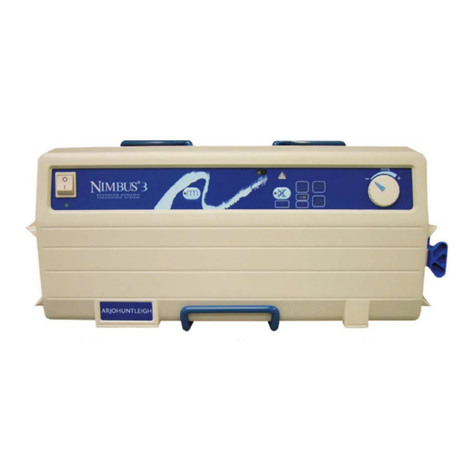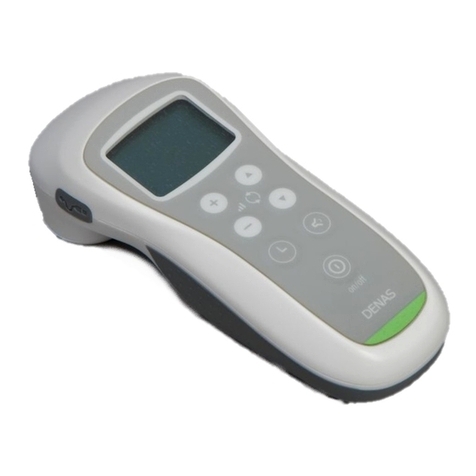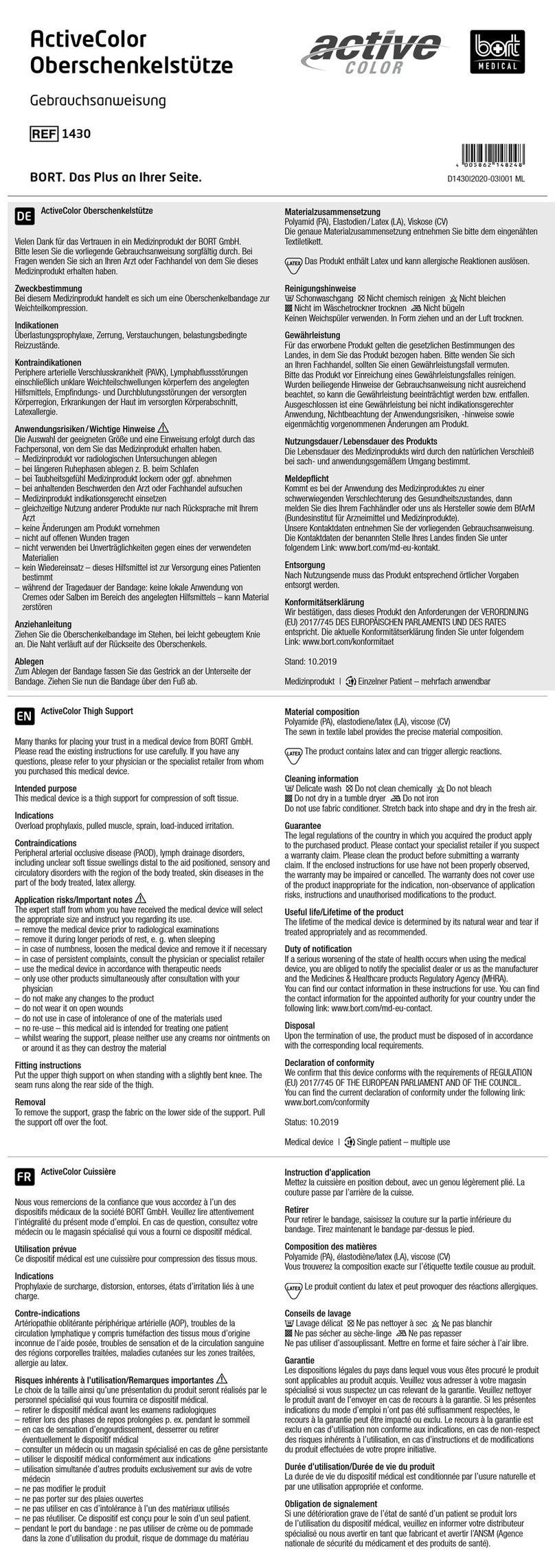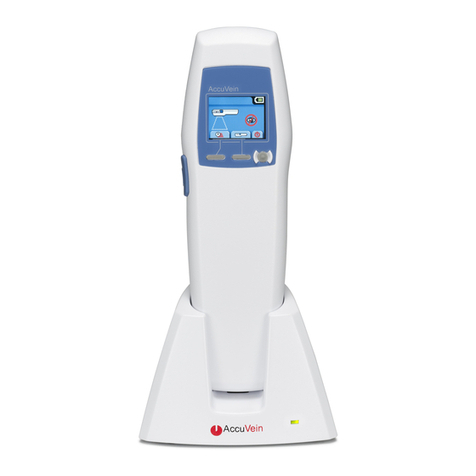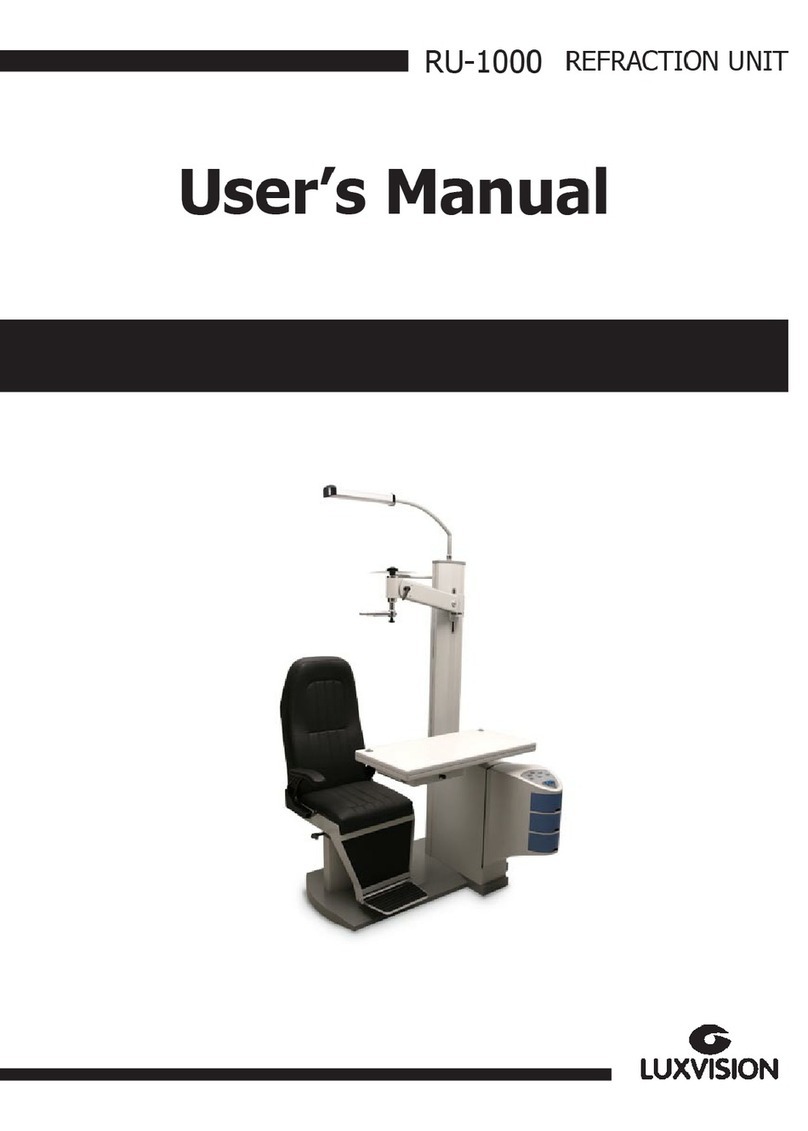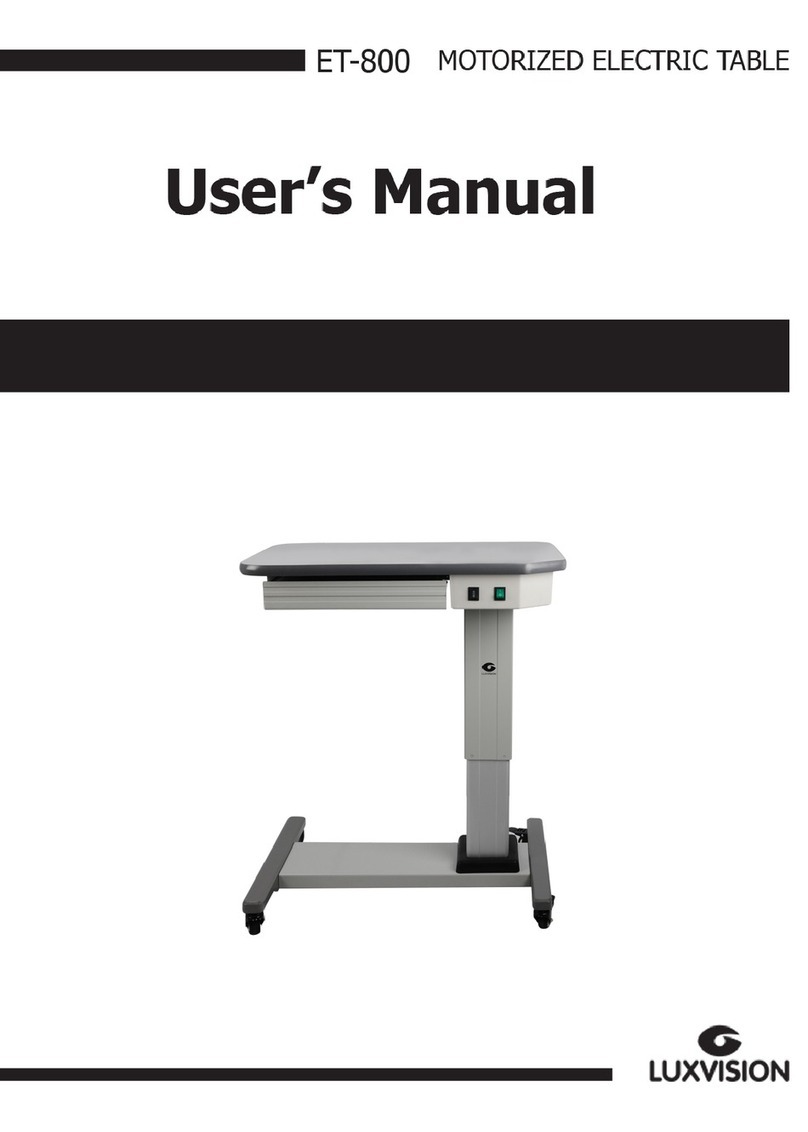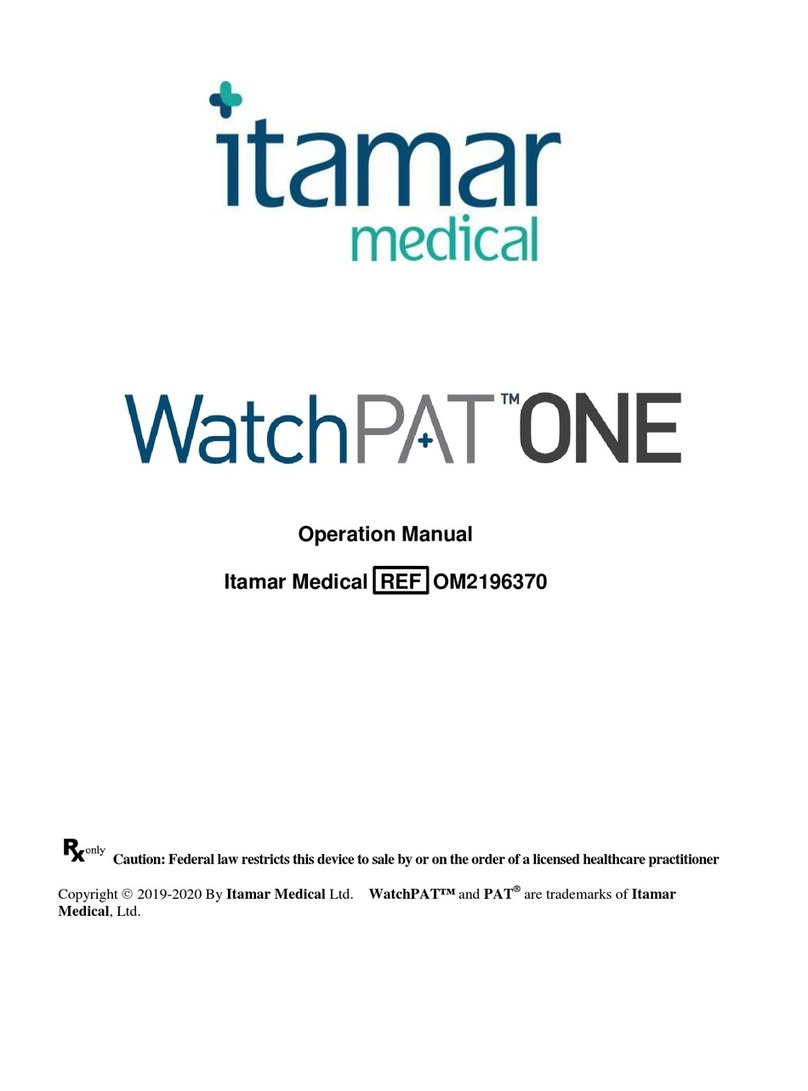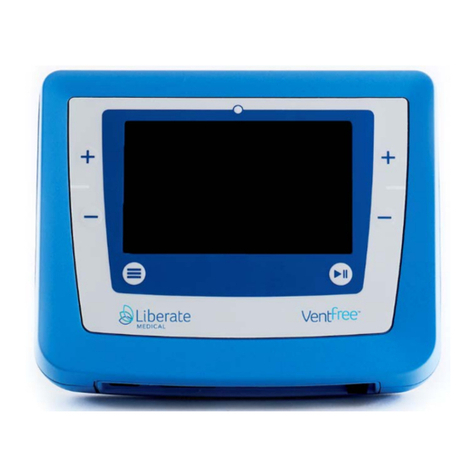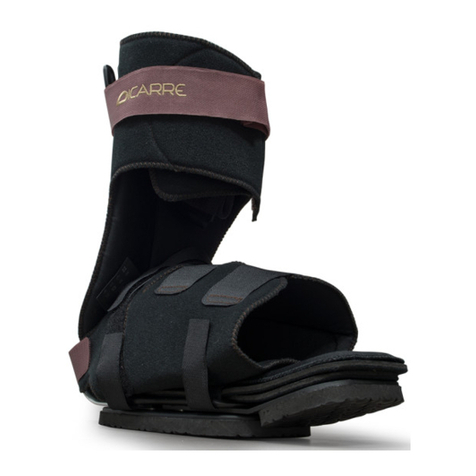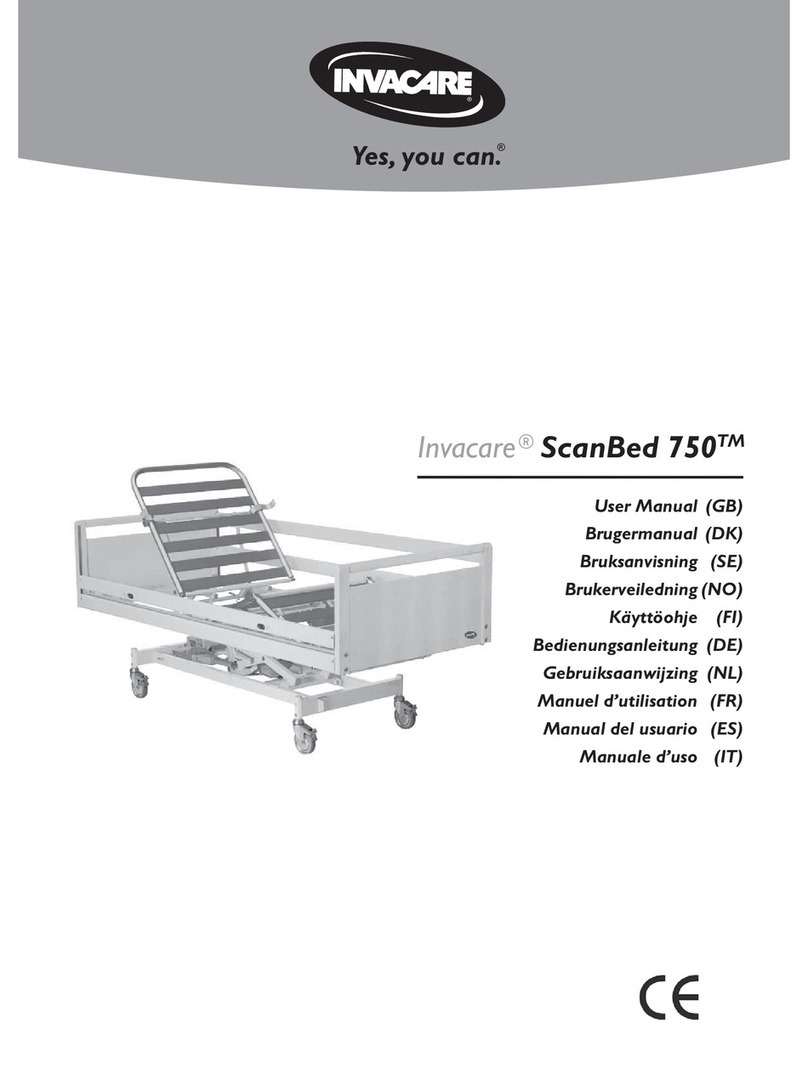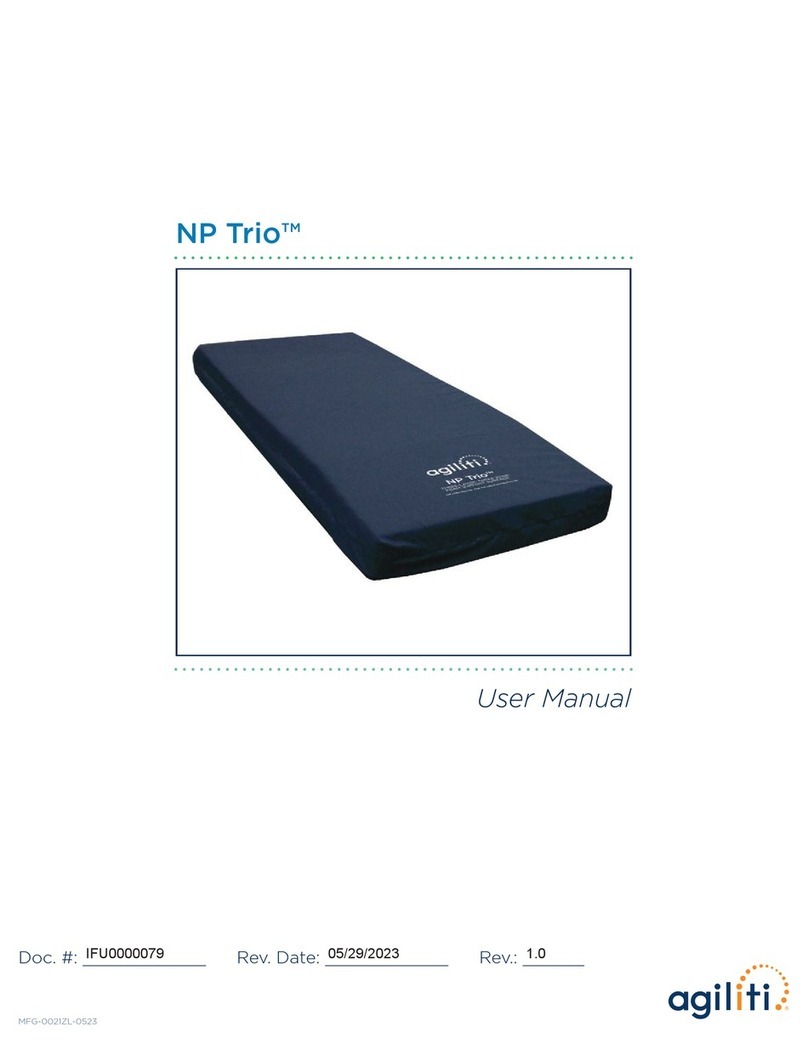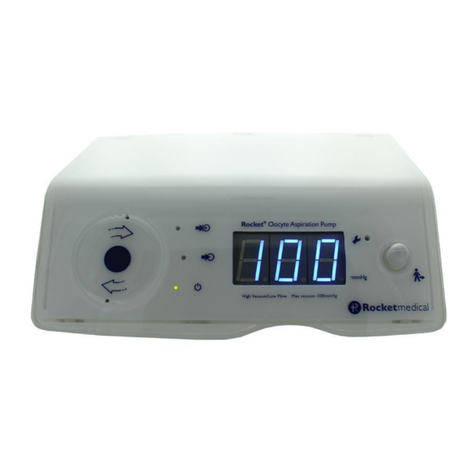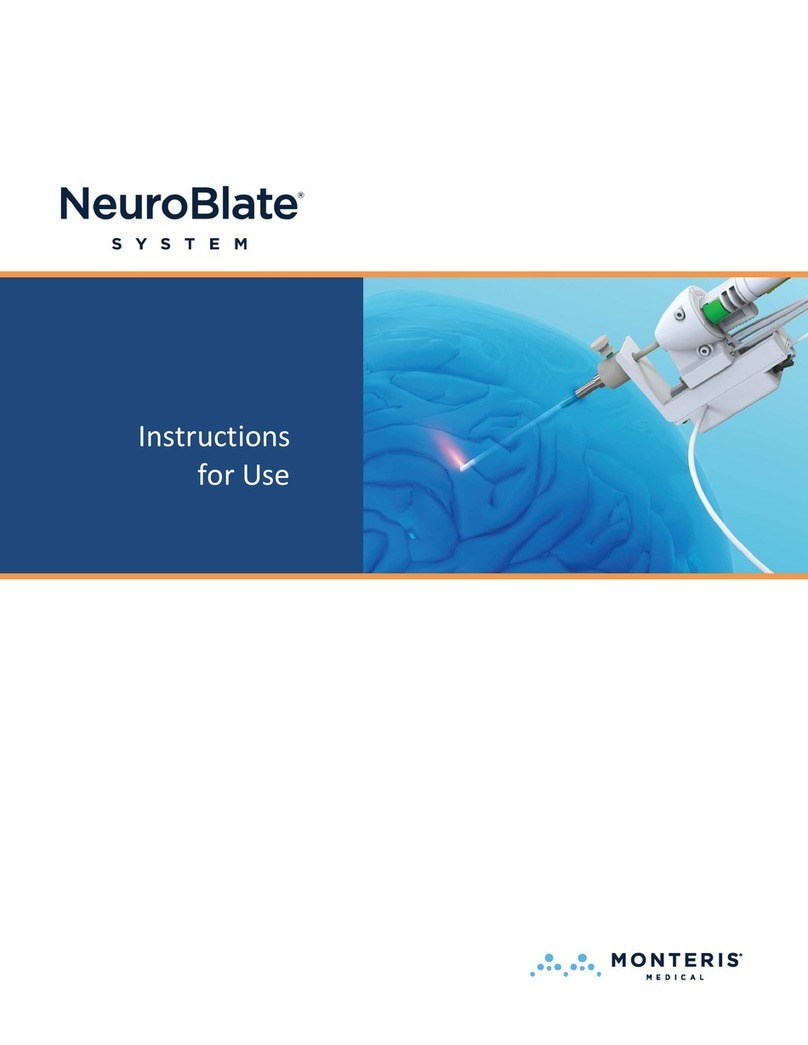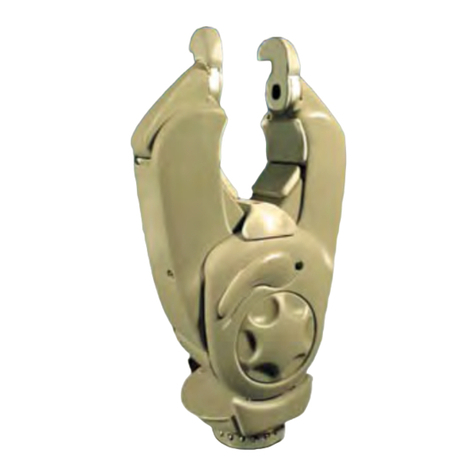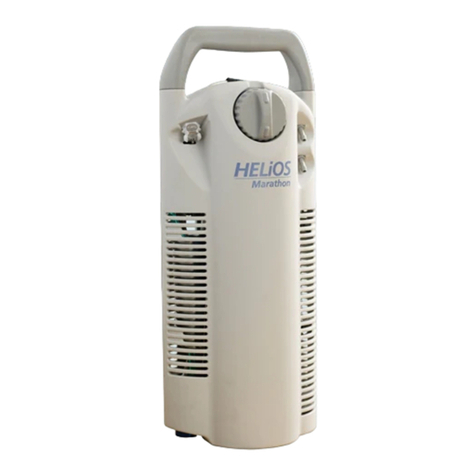
5
8.3.2. Automatic measurement mode .........................................................................................................................................49
9.Other mode.........................................................................................................................................50
9.1. SIZE mode (pupil diameter measurement) ......................................................................................................50
9.2. DISPLAY mode................................................................................................................................................53
9.3. User SETUP mode..........................................................................................................................................55
9.3.1. List of setup items & Initial .................................................................................................................................................55
9.3.2. Initial setting...............................................................................................................................................................................55
9.3.3. Detailed description of setting...........................................................................................................................................57
9.4. Input method....................................................................................................................................................66
10.Self-diagnosis and maintenance/repair.........................................................................................68
10.1. REF / KER Accuracy check...........................................................................................................................68
10.2. Replacing.......................................................................................................................................................69
10.2.1 ........................................................................................................................................................................................................69
10.2.2. Chin rest paper .......................................................................................................................................................................70
10.3. Cleaning Equipment.......................................................................................................................................70
10.4. Cleaning.........................................................................................................................................................72
10.4.1. Cleaning the measuring window ....................................................................................................................................72
10.4.2. Cleaning the mire ring ........................................................................................................................................................72
10.4.3. Cleaning the forehead rest and chin rest...................................................................................................................73
10.5. Prior to contact with preferred distributor .......................................................................................................73
10.6. When moving equipment installation place.................................................................................................. 74
11.Information needed for servicing.................................................................................................75
12.Key specs .......................................................................................................................................78
13.Accuracy.........................................................................................................................................81
14.Accessories....................................................................................................................................82
15.EMC Information ............................................................................................................................84
16.Electrical construction diagram ...................................................................................................90
